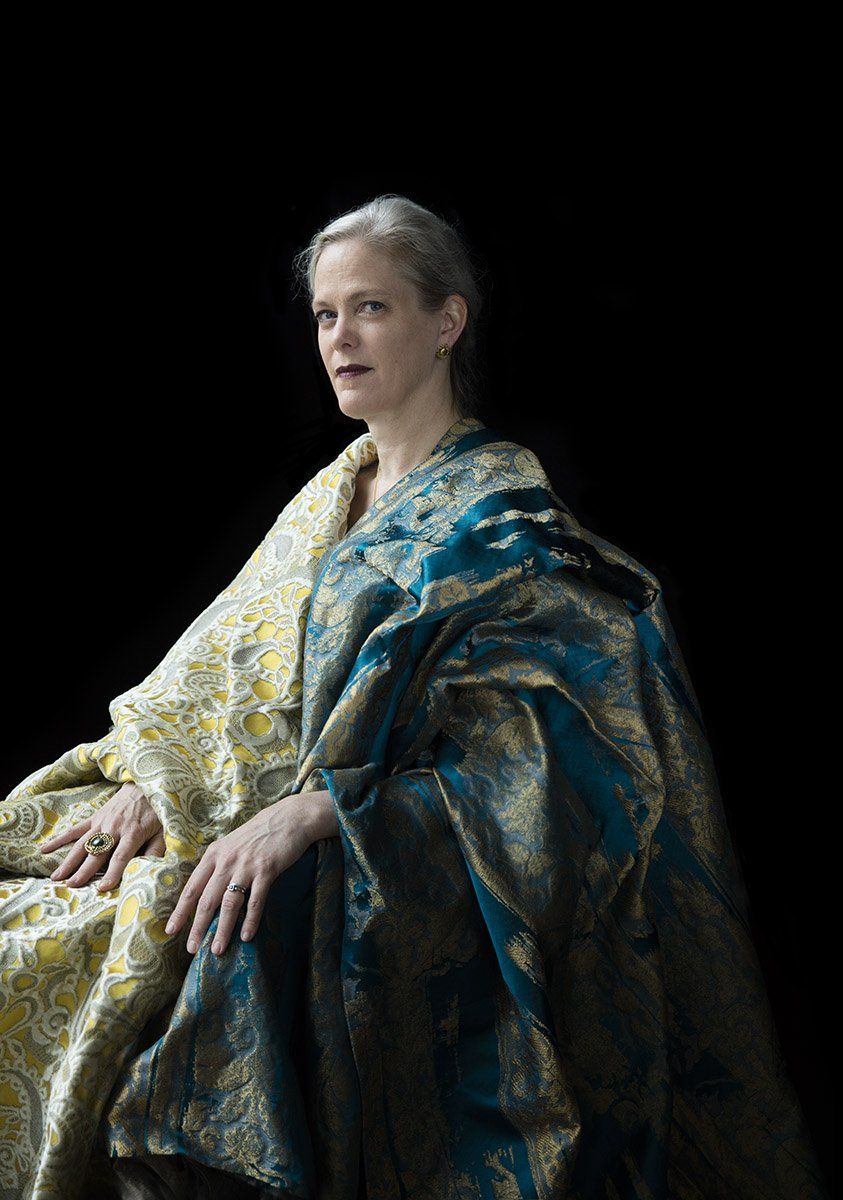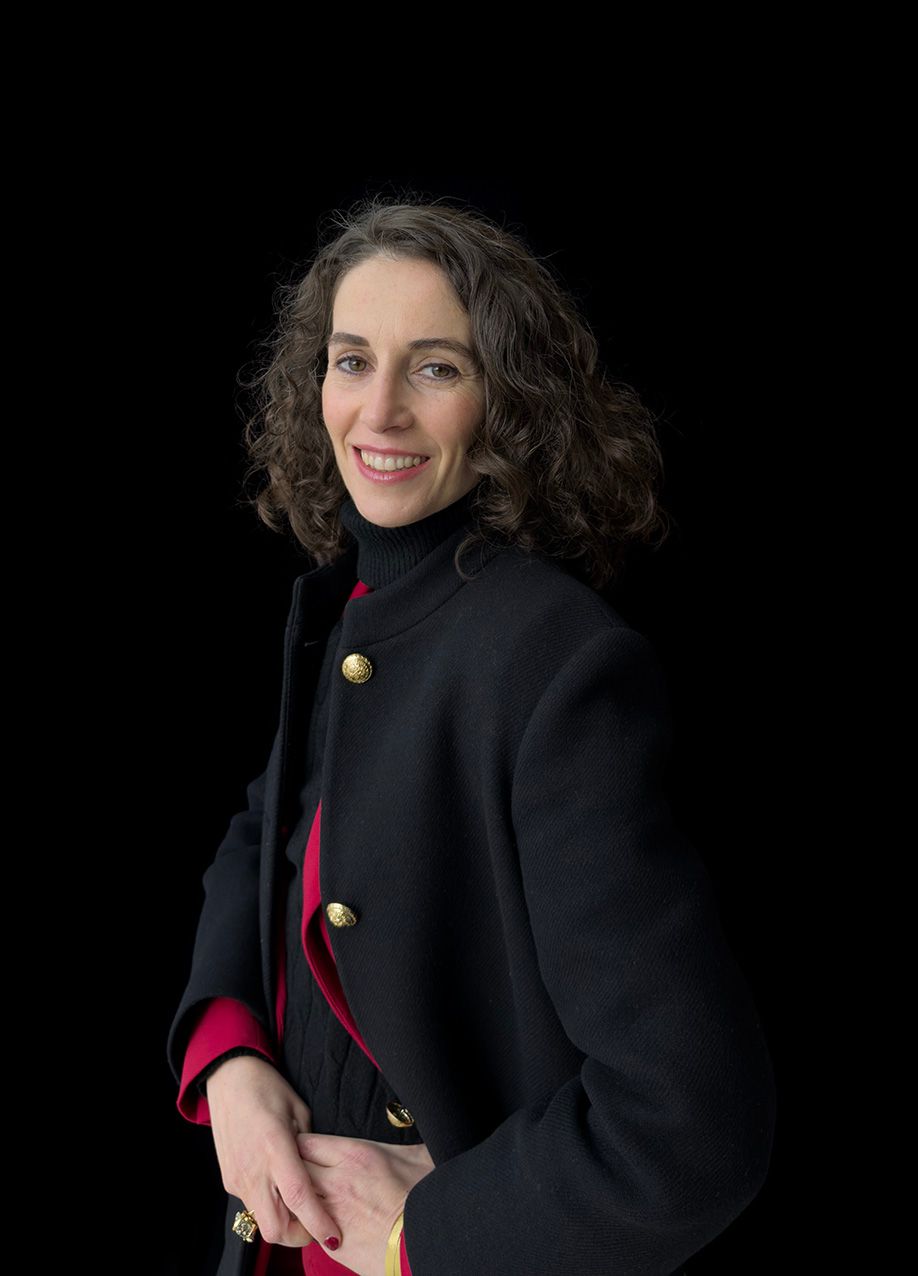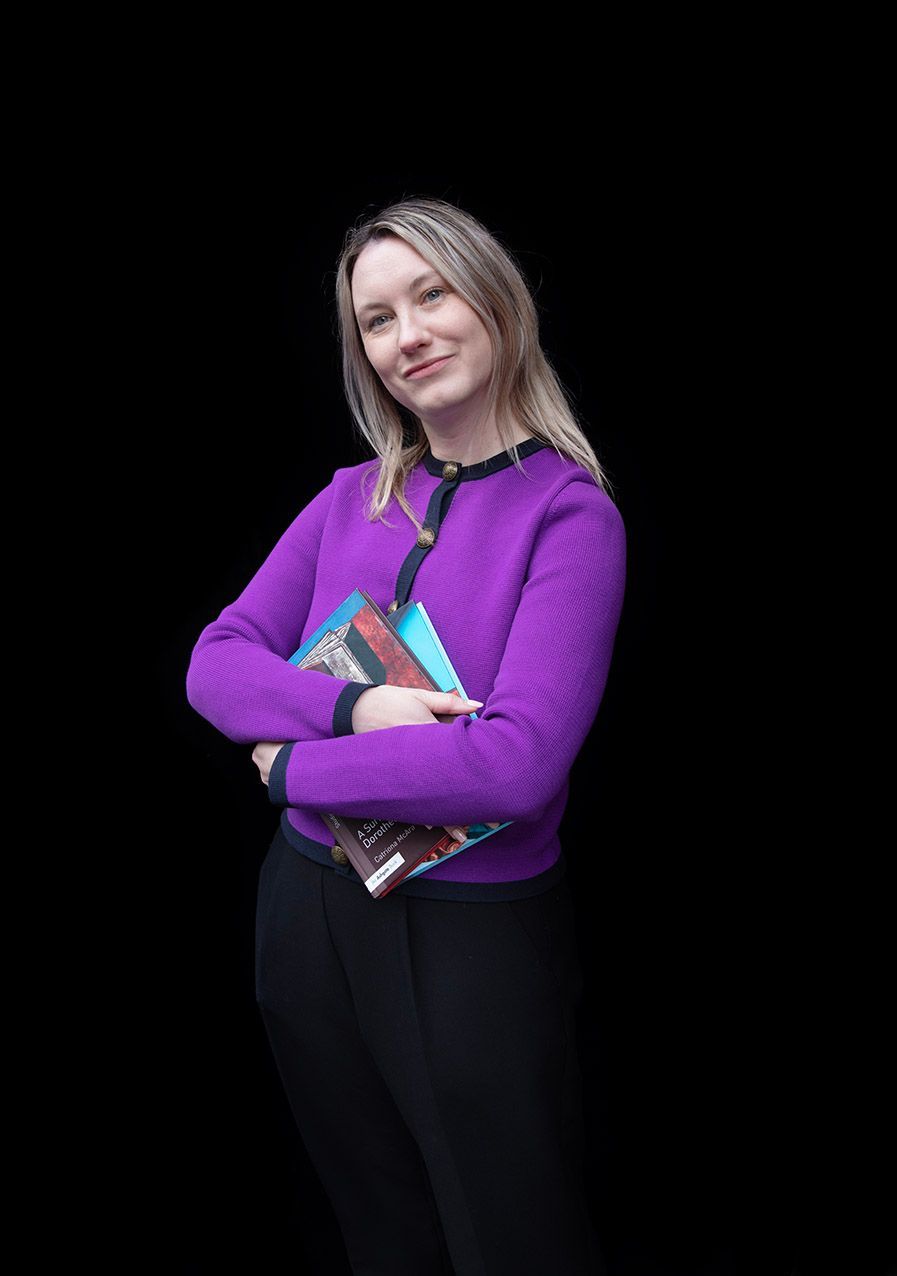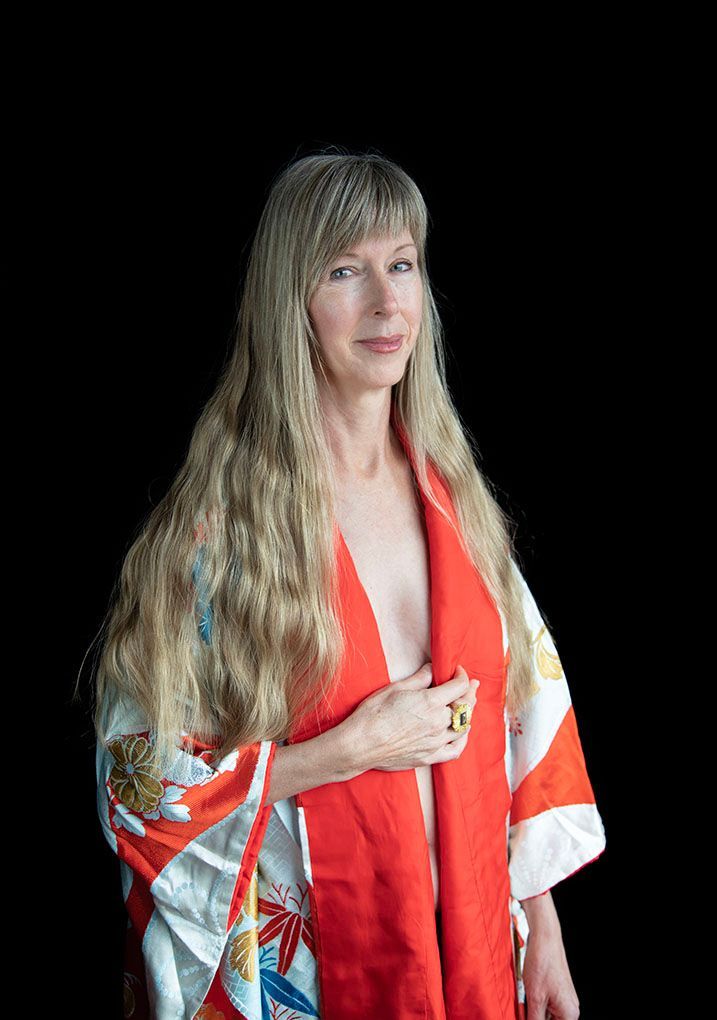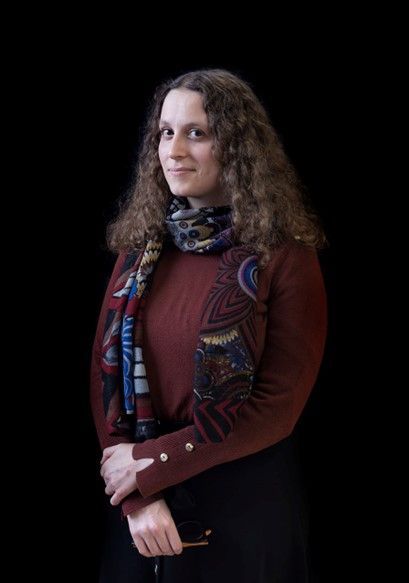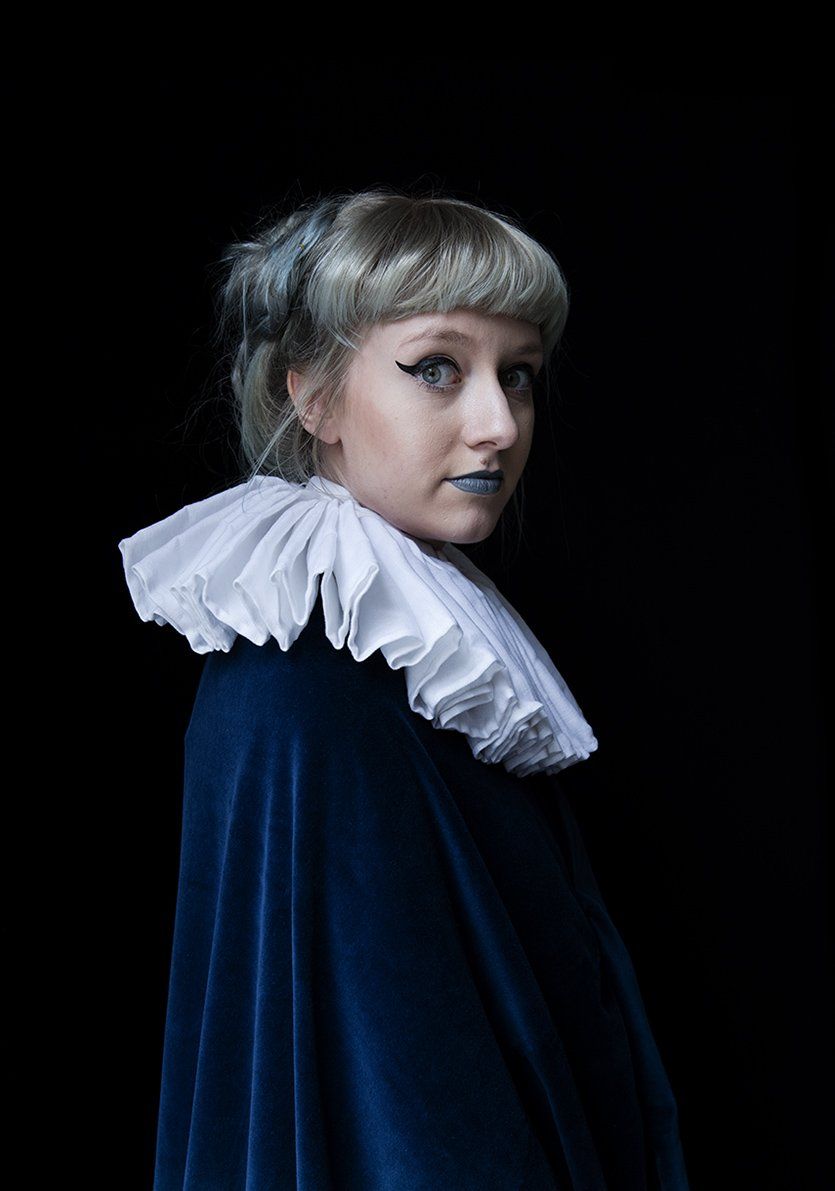Female Voices in Art: Interview with Hanna Melnykova, Photographer
"It is an honour for me to be connected with other talented women in this beautiful project and to see that there are so many women involved in today’s art world."
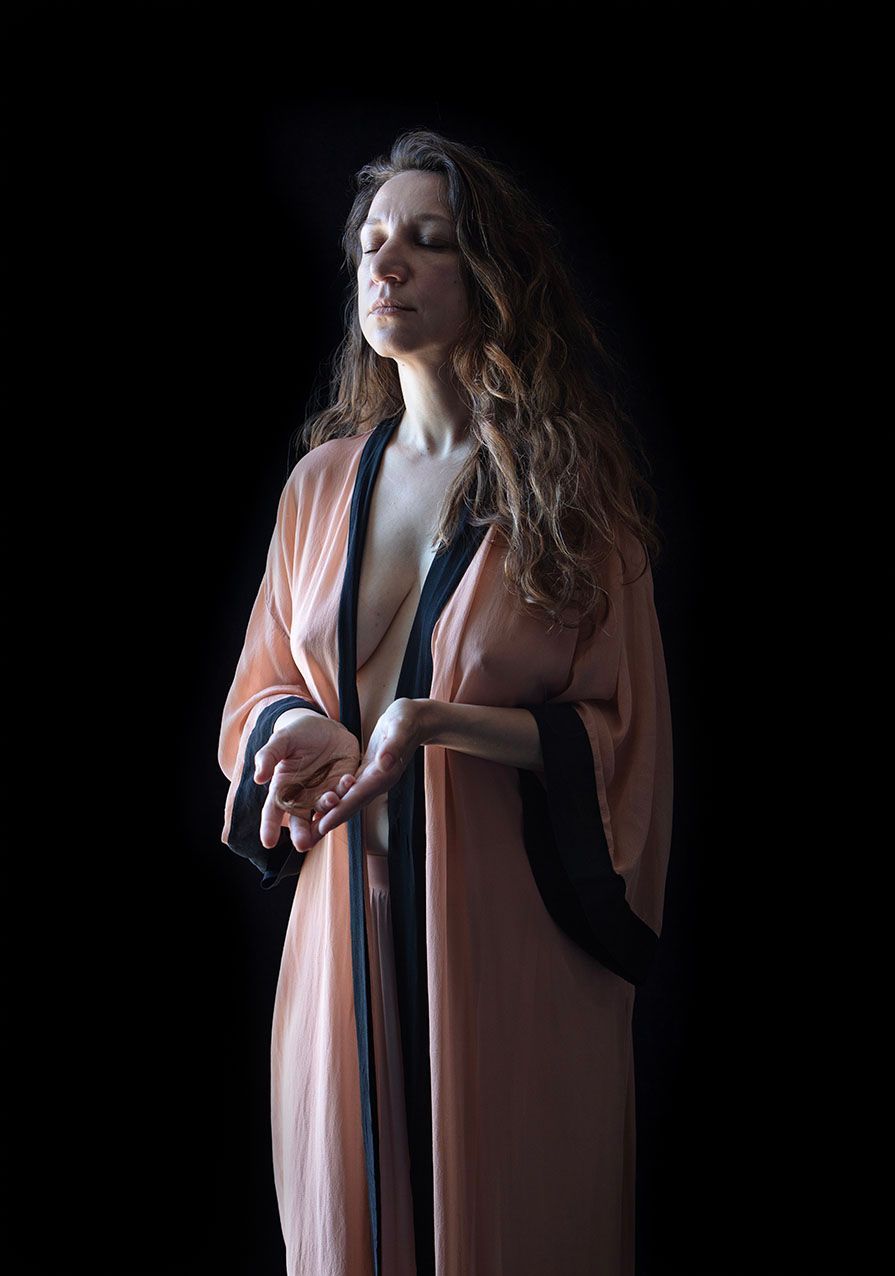
Hanna Melnykova (b. 1983, Kharkiv) is a Ukrainian photographer, founder of the Ukrainian women photographers organization. She graduated from the Royal Academy of Arts in Den Hague, the Netherlands. She developed her own study program in the field of visual arts and taught at the Bird in Flight school (Kiyv), Pinchuck art center (Kiyv), Karazin National University (Kharkiv), Kharkiv Academy of Design and Arts (Kharkiv). In 2020, during the lockdown, she created the Ukrainian Women Photographers Organization. Over the last several years Hanna was a curator of international exhibitions and residencies in Europe and the United States. As an artist she is currently researching and working with experimental techniques in photography. Her photographs are in private collections in the Netherlands, Italy and Belgium. Her first book Largo dedicated to the study of gender in modern society was represented during the UNSEEN festival in Amsterdam. After the Russian aggression in Ukraine started Hanna moved to Germany where she is continue to develop her artistic practice.
Could you tell us something about your role in the art world?
I began my journey in art during my studies architecture in Ukraine and continued it at the Royal Academy of Art (KABK) in The Hague, where I met Carla, who was one of the teachers there. It was the first time I was surrounded by so many talented people and had the freedom to experiment with my artwork. After returning to Ukraine, I shared my experiences with young photographers working as teacher and later organized Ukrainian women photography organization to support female photographers.
What did you enjoy about being a part of this project?
It is an honour for me to be connected with other talented women in this beautiful project and to see that there are so many women involved in today’s art world.
Do you have a favourite artist?
That’s a difficult question. As we evolve, our influences change, and sometimes what initially didn’t appeal to us can become a source of inspiration. I admire Rothko and was deeply impressed when I saw his large paintings during an exhibition in The Hague. I like Olafur Eliasson and how he is changing space with light and some projects by Joseph Beuys and Marina Abramović. I also impressed by Björk, I think she is a great artist.
What is your earliest memory involving art?
When I was around eight years old, my mother took me to Dali exhibition. I remember experiencing a variety of emotions I couldn’t fully understand or analyze as a child, but I was very impressed.
Do you have any special thoughts about the position of women in the art world?
I believe that because of their life experiences, their history in society, their physical ability to give birth, women are able to perceive and feel things that men cannot, and as a result, their influence on art is very important.
What are you wearing, and tell the story behind it?
I'm wearing a silk kimono by Sonia Rykiel. I like it because of its colour, which is almost skin tone. It is very light and nearly transparent, but not provocative or sexual. It feels dreamy and feminine, yet it also reminds me of the robes artists used to wear in their studios while working long time ago. For me, it’s timeless.
During the photoshoot, we focused on my experimental project about transformation and connection between people—it's a story about how each of us is not just an individual but a small part of a vast universe. In some ways, it’s also about timeless themes or the infinity of life.
What are you currently working on?
In recent years, I have focused on ideas of connection and presence over time. Currently, I’m working on several live performances that explore themes of memories, life stories, and society. One of these projects is based on the Victorian mourning jewelry tradition, for which I plan to cut my hair as part of the concept.
Could you mention a project, an institution that, or a person who has been important or inspiring for your career and why?
In every period of my artistic journey I was lucky to meet people who supported me with their wise advise. Most of these teachers I met at the KABK but some people were even not working in art.
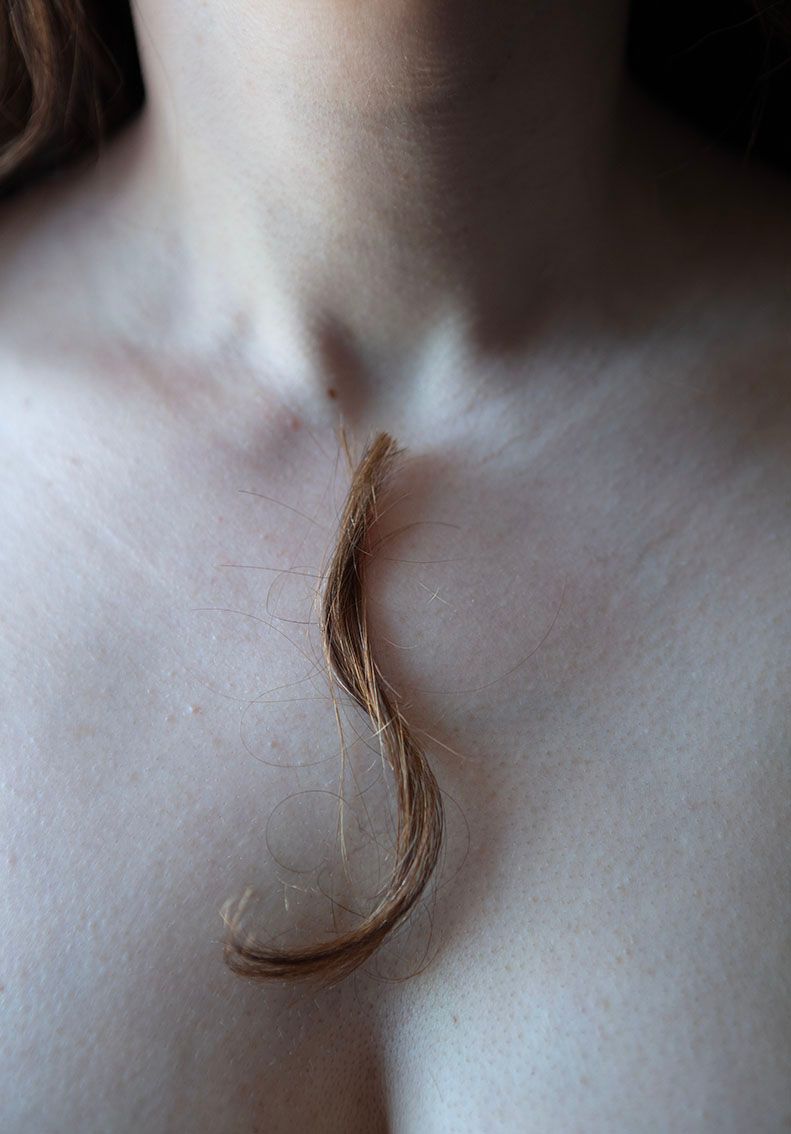
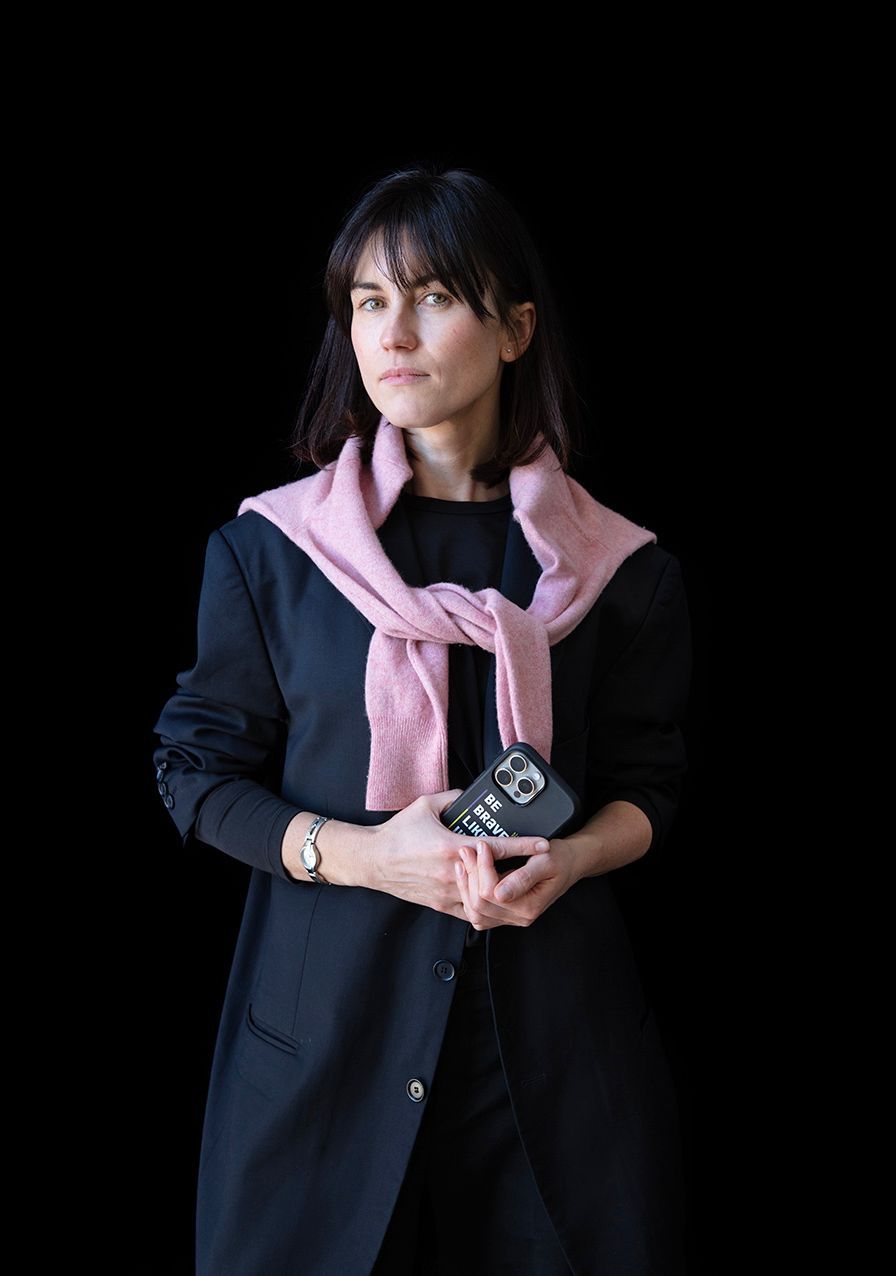
Female Voices in Art: Interview with Mariana Varchuk, Curator Khanenko National Museum of Arts, Kyiv
